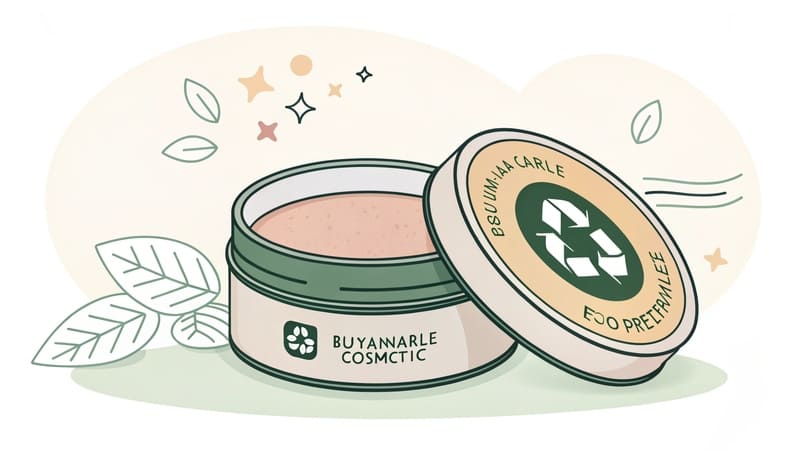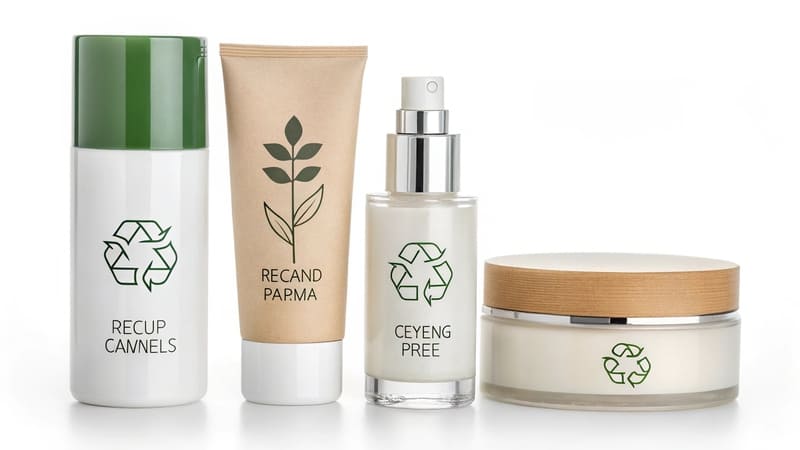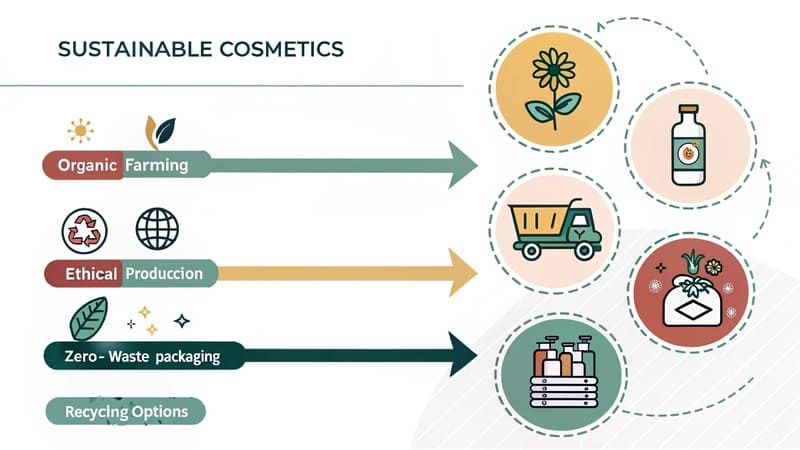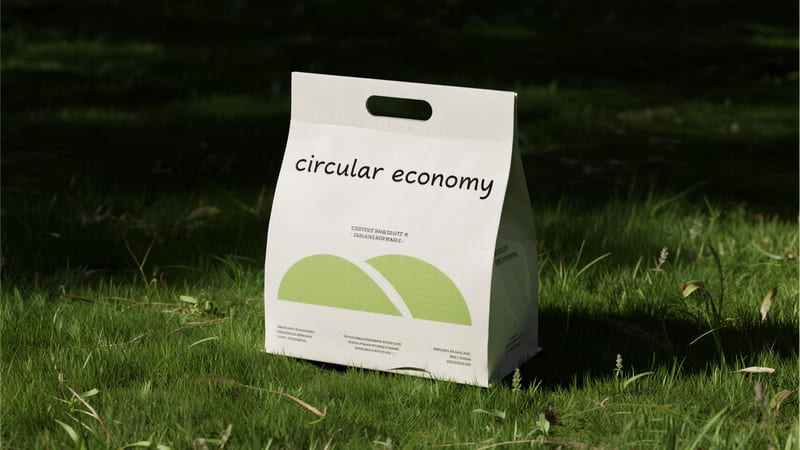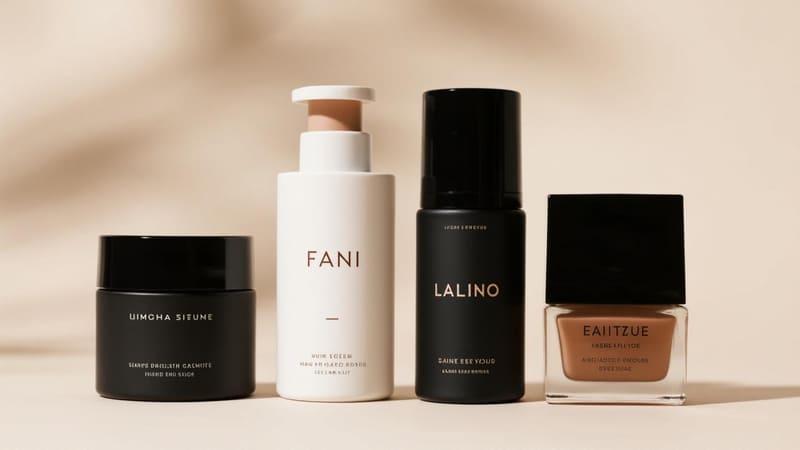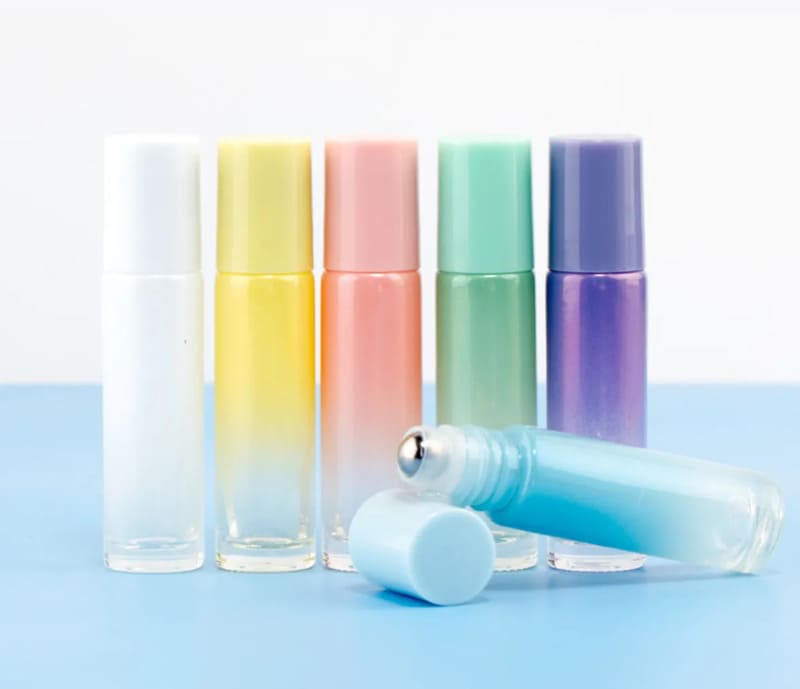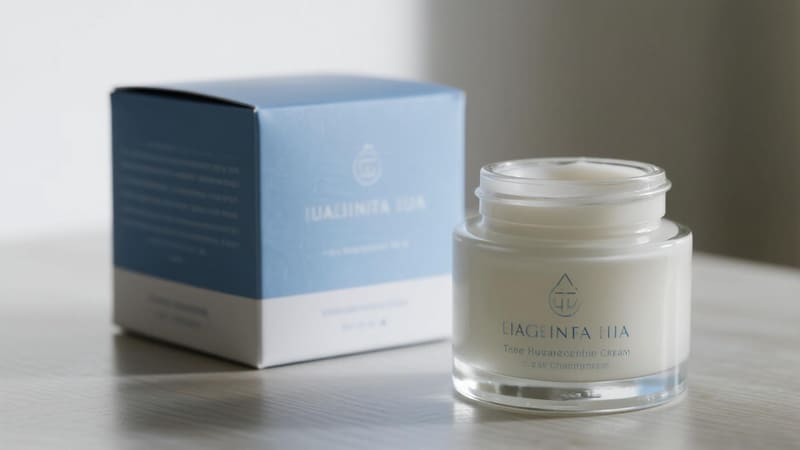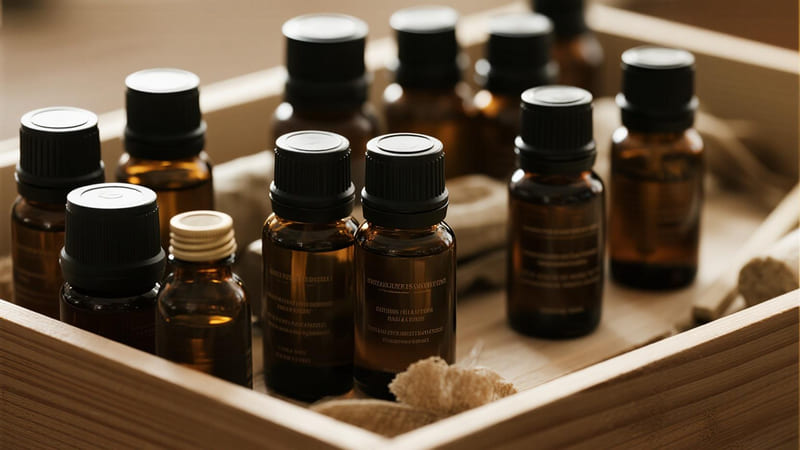Every day, tons of cosmetic packaging end up in landfills, polluting our oceans and harming wildlife. As a packaging manufacturer, I’ve seen this waste firsthand. But the beauty industry is changing.
Sustainable cosmetic packaging refers to containers and materials for beauty products that minimize environmental impact through recycled content, biodegradable materials, refillable designs, or packaging reduction while maintaining product integrity and safety.
The shift toward eco-friendly packaging isn’t just good for the planet—it’s good for business too. Today’s consumers actively seek brands that align with their environmental values. Let me walk you through what sustainable cosmetic packaging really means and how it’s reshaping our industry.
What is the Sustainable Packaging for Beauty Products?
The beauty industry produces over 120 billion packaging units annually, with most ending in landfills. I’ve watched this waste grow for years. But innovative solutions are emerging that can change everything.
Sustainable packaging for beauty products includes materials like post-consumer recycled plastic, biodegradable alternatives, glass, aluminum, paper-based packaging, and refillable systems that minimize waste while protecting the product integrity.
Sustainable beauty packaging must balance environmental impact with practical needs. In my 20+ years in the packaging industry, I’ve seen tremendous evolution in materials and designs. Today’s options extend far beyond simple recycled plastic.
Material Innovations
Bioplastics made from corn, sugarcane or algae break down naturally, unlike traditional plastics. PCR (post-consumer recycled) plastics reduce virgin plastic use, giving new life to existing materials. At ShineTop, we’ve developed PCR options that maintain the premium look brands require.
Design Approaches
| Approach | Benefits | Challenges |
|---|---|---|
| Refillable | Drastically reduces waste | Higher initial cost |
| Minimalist | Uses less material | Product protection concerns |
| Concentrated formulas | Smaller packaging footprint | Consumer education needed |
Beyond materials, thoughtful design makes a huge difference. Mono-material packaging (using single materials) makes recycling easier. Removing unnecessary components like plastic windows or metal springs in pumps improves recyclability. One of our clients reduced packaging weight by 30% through redesign while maintaining product protection.
The sustainable packaging journey requires balancing environmental goals with brand aesthetics and product protection requirements. Beauty products often need specialized barriers against light, air, and contamination, making sustainability more complex than in other industries.
What is the Meaning of Sustainable Packaging?
The term "sustainable packaging" gets thrown around a lot, causing confusion for brands and consumers alike. I’ve had clients use it without truly understanding what it means. Real sustainability goes beyond marketing claims.
Sustainable packaging is designed, produced, transported, and recycled using renewable energy and renewable or recycled materials, is safe throughout its lifecycle, meets market performance and cost requirements, and is effectively recovered after use.
Understanding sustainable packaging requires looking at the entire lifecycle—not just what happens after consumer use. In my work with cosmetic brands across four continents, I’ve learned that true sustainability considers multiple factors.
The Three Pillars of Packaging Sustainability
Sustainable packaging addresses environmental, social, and economic aspects:
-
Environmental Impact
- Carbon footprint from manufacturing and transport
- Water usage during production
- End-of-life management (recyclability, biodegradability, etc.)
- Resource conservation
-
Social Responsibility
- Working conditions in manufacturing facilities
- Community impacts of production
- Consumer safety
- Accessibility for all users
-
Economic Viability
- Cost-effectiveness for businesses
- Market competitiveness
- Long-term resource availability
- Circular economy participation
Packaging cannot be truly sustainable if it fails on any of these fronts. For example, I once worked with a brand that switched to "eco-friendly" packaging that degraded their product quality. The result? More wasted product and unsatisfied customers—ultimately less sustainable than their original packaging.
The Sustainable Packaging Coalition defines sustainable packaging as beneficial, safe, and healthy throughout its lifecycle; meeting market performance and cost criteria; manufactured using renewable energy; made from renewable or recycled materials; and optimized for recovery after use. This comprehensive definition helps guide our development processes at ShineTop.
What is the Best Sustainable Beauty Packaging?
Many brands ask me for the "most sustainable" packaging option, expecting a simple answer. The truth is more complicated. What works for a moisturizer won’t work for a liquid foundation. There’s no one-size-fits-all solution.
The best sustainable beauty packaging depends on the product type, brand priorities, and target market. Options include glass, aluminum, recycled plastics, paper-based alternatives, refillable systems, or biodegradable materials—each with different environmental benefits suited to different products.
Finding the ideal sustainable packaging requires balancing multiple factors. After helping hundreds of brands make this transition, I’ve learned that the "best" solution varies dramatically by context.
Material Comparison for Beauty Products
| Material | Benefits | Limitations | Best For |
|---|---|---|---|
| Glass | Infinitely recyclable, premium feel, excellent barrier properties | Heavy, breakable, higher carbon footprint to ship | Serums, oils, fragrances |
| Aluminum | Lightweight, infinitely recyclable, good barrier | Can dent, limited shapes, potential for product interaction | Solid products, some creams |
| PCR Plastic | Reduces virgin plastic use, versatile, lightweight | Limited colors (often grayish), variable availability | Most product types |
| Bioplastics | Reduced fossil fuel use, potential compostability | Often not accepted in recycling streams, performance limitations | Caps, secondary packaging |
| Paper/Cardboard | Widely recyclable, lightweight, printable | Limited barrier properties, water sensitivity | Secondary packaging, solid products |
The best sustainable packaging often combines materials strategically. For instance, one of our most successful projects used a glass primary container with a refill pouch system made from minimal flexible plastic. This reduced the overall packaging footprint by 80% compared to buying new glass containers each time.
Local recycling infrastructure also affects sustainability. A theoretically recyclable package that ends up in landfill because local facilities can’t process it may be worse than a non-recyclable but lightweight alternative. I always advise clients to consider their primary markets’ waste management capabilities.
At ShineTop, we’ve found that approaching sustainability as a journey rather than a destination works best. Incremental improvements often yield better results than radical changes that may compromise product quality or significantly increase costs.
What Does "Sustainable Cosmetics" Mean?
The "clean beauty" trend has created confusion, with terms like "natural," "green," and "sustainable" often used interchangeably. I’ve seen many brands focus only on ingredients while ignoring packaging impact. True sustainability must address both.
Sustainable cosmetics are beauty products that minimize environmental impact throughout their entire lifecycle—from responsibly sourced ingredients to eco-friendly manufacturing processes, sustainable packaging, and end-of-life considerations, all while maintaining safety and efficacy.
Sustainable cosmetics must consider both formulation and packaging to truly minimize environmental impact. In my work with cosmetic manufacturers across Asia and the Middle East, I’ve seen growing interest in comprehensive approaches.
Elements of Truly Sustainable Cosmetics
Sustainable cosmetics address these key areas:
-
Ingredient Sourcing
- Renewable botanical ingredients that don’t deplete resources
- Fair trade practices supporting communities
- Biodegradable formulations that won’t persist in waterways
- Ethical harvesting that preserves biodiversity
-
Manufacturing Processes
- Energy-efficient production methods
- Water conservation techniques
- Waste reduction throughout manufacturing
- Responsible management of byproducts
-
Packaging Considerations
- Materials with lower environmental footprints
- Design for recyclability or biodegradability
- Minimalist packaging using fewer resources
- Clear consumer instructions for proper disposal
-
Business Practices
- Carbon offset programs
- Transparent supply chains
- Ethical labor practices
- Ongoing sustainability improvement goals
The cosmetics industry faces unique challenges regarding sustainability. Products must remain safe and effective throughout their shelf life, requiring packaging that provides adequate protection from light, air, and microbes. Balancing these functional needs with sustainability goals requires innovative thinking.
One Thai cosmetics manufacturer I work with exemplifies this holistic approach. They’ve redesigned their entire product line to use concentrated formulas (requiring less packaging), locally sourced ingredients (reducing transportation emissions), and refillable packaging systems we developed together. Their comprehensive approach demonstrates how brands can address sustainability beyond just "green" ingredients or recycled packaging alone.
Conclusion
Sustainable cosmetic packaging balances environmental impact with product protection and brand identity. It considers the full lifecycle—materials, manufacturing, transport, use, and end-of-life—while meeting business needs. By making informed choices, the beauty industry can significantly reduce its environmental footprint.

